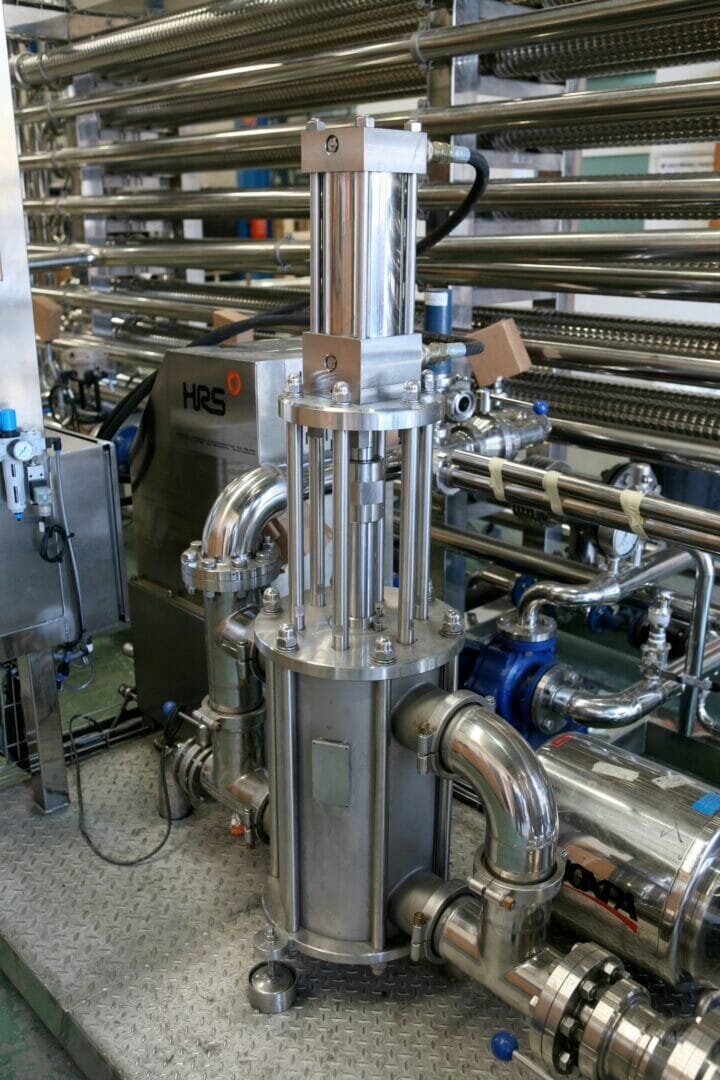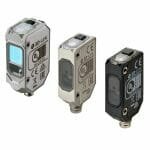By Matt Hale, International Sales & Marketing Director, HRS Heat Exchangers
It is certainly true that the UK is a nation of animal lovers, with 40 per cent of households owning a pet. At the last count, a quarter of UK households had a dog, and there are some 9 million canine companions around the country. Our feline friends are only just behind them with 7.5 million British cats.1 As a result, the UK boasts some of the highest feed safety and animal welfare standards in the world, and consumers are increasingly knowledgeable about products and quality. However, producing high quality pet food which appeals to pets and their owners and which meets the necessary standards presents manufacturers with some specific challenges.
The total pet food market in the UK is worth £2.9 billion and, unsurprisingly, is dominated by dog (£1.4bn) and cat (£1.2bn) products. In volume terms, sales of wet dog food have declined steadily over the last ten years in the UK, while the volume of complete dry food has increased proportionally, although 254,000 tonnes of wet products are still sold each year (with a value of £324 million). For cats, wet food remains the most popular form of food worth £685 million, with single-serve packaging (pouches and foil trays) outselling the volume of multi-meal packs almost five-fold.1
The heat is on
Thermal processing is a key part of pet food manufacturing, with processes including heating (pre-conditioning), cooking, drying, pasteurising and cooling. However, the thick, viscous nature of many of the meat-based products presents challenges for handling, heating and cooling. Different types of food obviously require different types of processing; not only in terms of wet or dry, but also solid pâtés compared to meat chunks in jelly or gravy.
There is little difference between the processes and equipment used in pet food manufacture and other food and drink sectors, and regulations on pet food safety and quality are often comparable to other foodstuffs. The overall trends in pet food development echo those of our own food; more natural and organic ingredients, better nutrition, and fewer fillers, additives and preservatives.
Delicate handling
The HRS R Series and Unicus scraped surface heat exchangers (SSHEs) are ideally suited for pet food processing, including heating ingredients such as meat slurry, jelly and gravy before further processing, as well as heating or cooling soft meat or fish ingredients. In addition, HRS BP Series high-pressure positive displacement piston pumps are perfect for delicate materials containing particles, such as pet food chunks.
Pet food ingredients such as meat products and slurries need delicate handling to maintain texture and quality. However, they are also comprised of very thick and viscous material which can be difficult to move, making them unsuitable for rotary pumps. Their viscous nature means they have a high fouling potential during heating or cooling which can reduce the thermal performance of heat exchangers.
Overcoming viscosity challenges
The R Series uses a patented rotary scraper bar which can reaching speeds up to 300 rpm, providing high levels of shear and mixing at the heat transfer surface which dramatically increases heat transfer rates. This makes it particularly suitable for challenging heat transfer applications, such as those where the product requires high pressures or has high viscosity.
The scraper bar features both a helical mixing spiral (which helps reduces the pressure drop in the tube) and a series of scraper blades. Together these provide a continuous scraping action which mixes highly viscous products and reduces fouling. The unique design enables high viscosity products to be pumped with reduced back pressure and lower energy use, in a compact unit which features a much smaller footprint than traditional heat exchangers for similar applications.
Maintaining product integrity
In contrast, the patented Unicus Series is designed to provide unrivalled heat transfer of a wide range of difficult meat products which have high fouling potential, but which also need delicate handling to preserve fragile product integrity.
A process of continual improvement means that Unicus heat exchangers are now available with a wide range of scraper designs, providing even more choice for applications from cooling to sterilising and everything in between. The hydraulically powered reciprocating movement performs two key functions; firstly, it minimizes potential fouling of the product by keeping the tube wall clean, and secondly, it creates turbulence within the material. Both of these actions help to increase heat transfer rates creating a highly efficient heat transfer process ideal for viscous and high fouling materials.
Another benefit is the fact that the separate hydraulic action enables the speed of the scrapers to be controlled and optimised for the product being processed. This means that materials which may be susceptible to shear stress or pressure damage, such as chunks with jelly and gravy, can be handled gently while still providing high levels of product identity.








